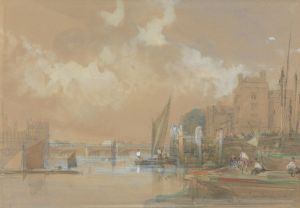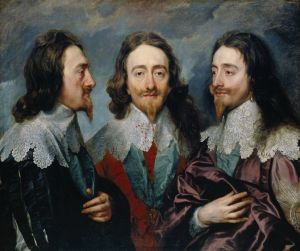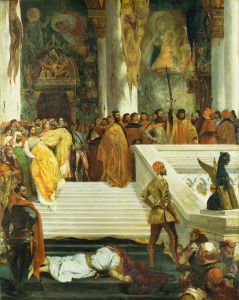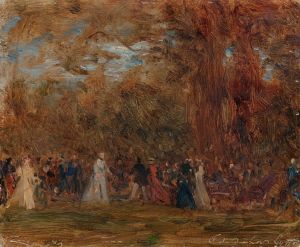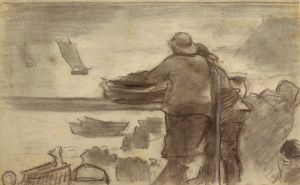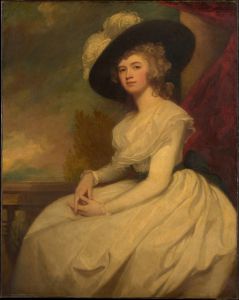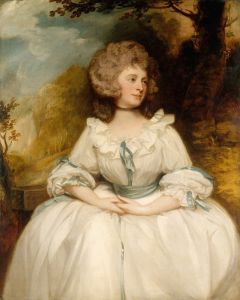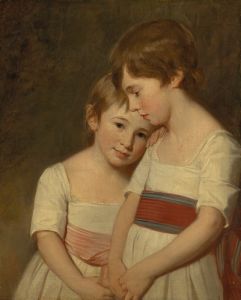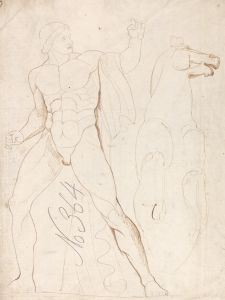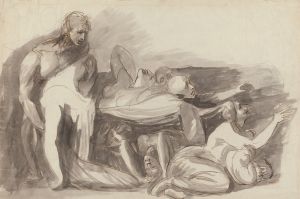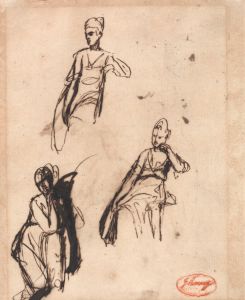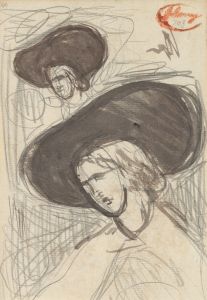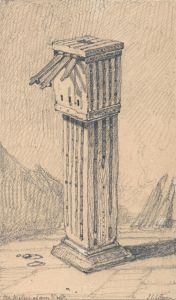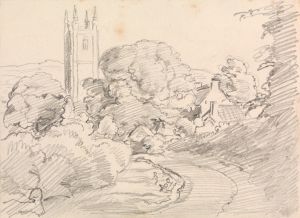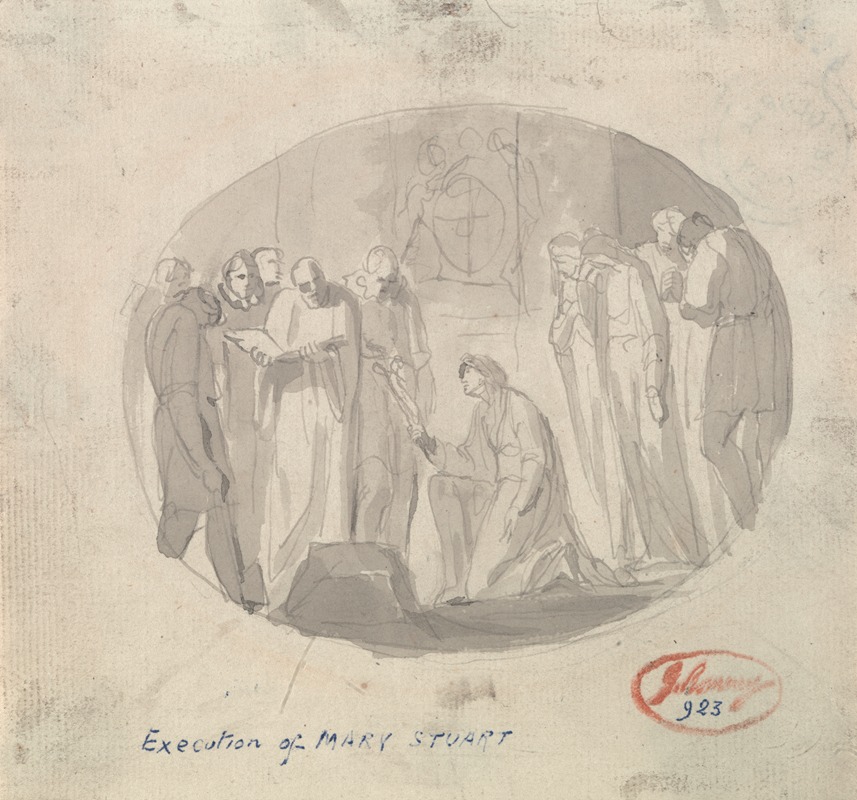
Execution of Mary Stuart
A hand-painted replica of George Romney’s masterpiece Execution of Mary Stuart, meticulously crafted by professional artists to capture the true essence of the original. Each piece is created with museum-quality canvas and rare mineral pigments, carefully painted by experienced artists with delicate brushstrokes and rich, layered colors to perfectly recreate the texture of the original artwork. Unlike machine-printed reproductions, this hand-painted version brings the painting to life, infused with the artist’s emotions and skill in every stroke. Whether for personal collection or home decoration, it instantly elevates the artistic atmosphere of any space.
George Romney, an eminent English portrait painter of the 18th century, is known for his vivid and expressive works. However, there is no widely recognized painting titled "Execution of Mary Stuart" attributed to him. George Romney primarily focused on portraiture and is celebrated for his depictions of contemporary figures, including the likes of Emma Hamilton, who was one of his most famous muses. His works are characterized by their elegance, attention to detail, and the ability to capture the personality and mood of his subjects.
Mary Stuart, also known as Mary, Queen of Scots, was a significant historical figure whose life and execution have been the subject of numerous artworks and literary works. She was executed on February 8, 1587, after being implicated in a plot to assassinate Queen Elizabeth I of England. Her execution was a pivotal moment in British history, symbolizing the intense political and religious conflicts of the time.
While many artists have depicted scenes from Mary Stuart's life and execution, including the dramatic moment of her beheading, George Romney is not known to have created a painting specifically focused on this event. Artists such as John Opie and others have explored this subject, capturing the drama and pathos of the moment.
Romney's oeuvre does not prominently feature historical or narrative scenes, as his reputation was built on his skill in portraiture. His works are housed in numerous prestigious collections, including the National Portrait Gallery in London and the Tate Britain, where they continue to be appreciated for their artistic merit and historical significance.
In summary, while George Romney was a prolific and talented artist of his time, there is no documented painting by him titled "Execution of Mary Stuart." His legacy remains firmly rooted in his portraits, which continue to be celebrated for their contribution to the art world and their reflection of 18th-century British society.





